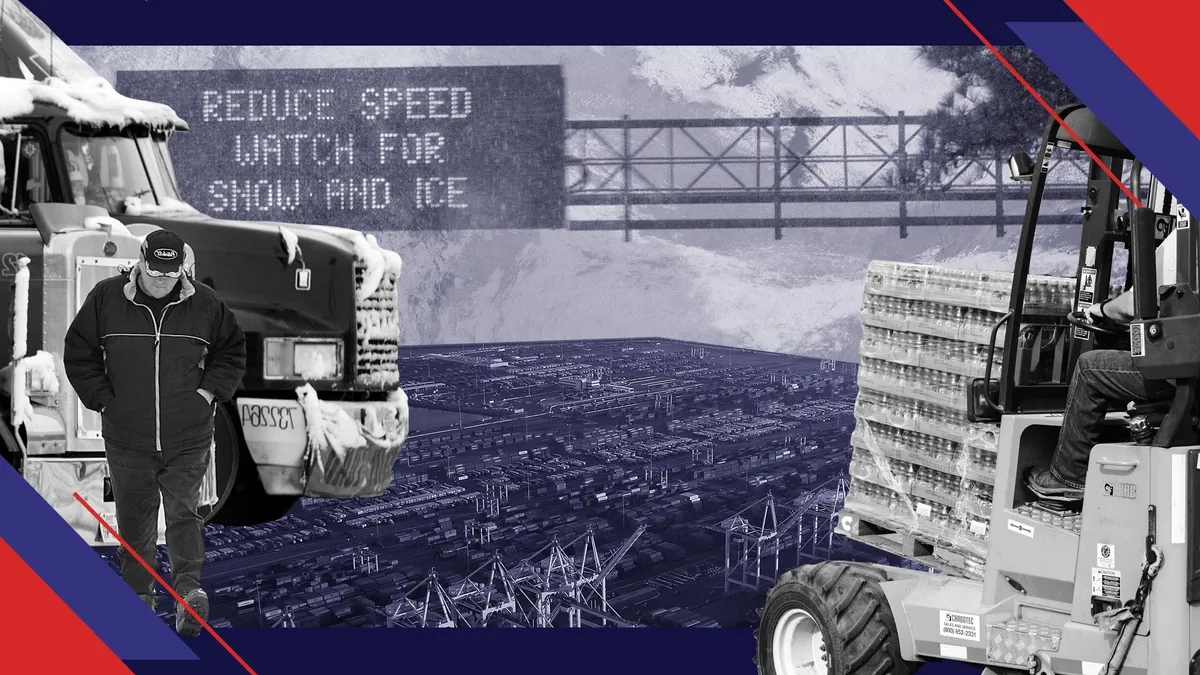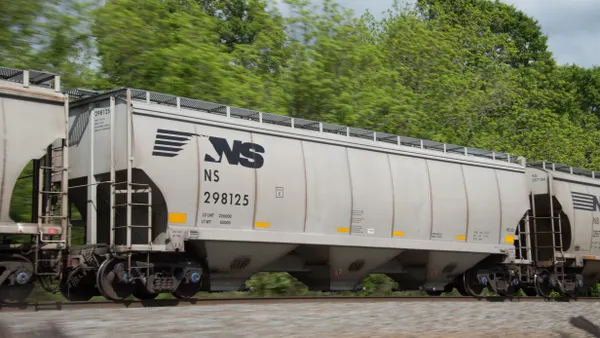When high winds howl, blizzards refuse to relent, ice coats the roadways and wildfires rage — many businesses shut down operations.
Supply chains do the opposite, finding ways to operate around the biggest storms.
Consumers expect their packages to arrive and their local stores' shelves to be stocked, even in the harshest of conditions. And logistics networks become all the more important during climate disasters and severe weather events, shuttling essential supplies into the areas most affected.
Supply chain executives are no strangers to dealing with risk. But the risks are growing. Last year's Atlantic hurricane season was record breaking, and the National Oceanic and Atmospheric Administration predicts another above-normal season in 2021.
As the climate changes, the threat evolves, and the industry must evolve with it.
In this seven-part series, Supply Chain Dive and sister publication Transport Dive explore the impacts of climate disasters and severe weather on logistics networks, and how supply chains respond to the current threat and fortify operations for the future.














